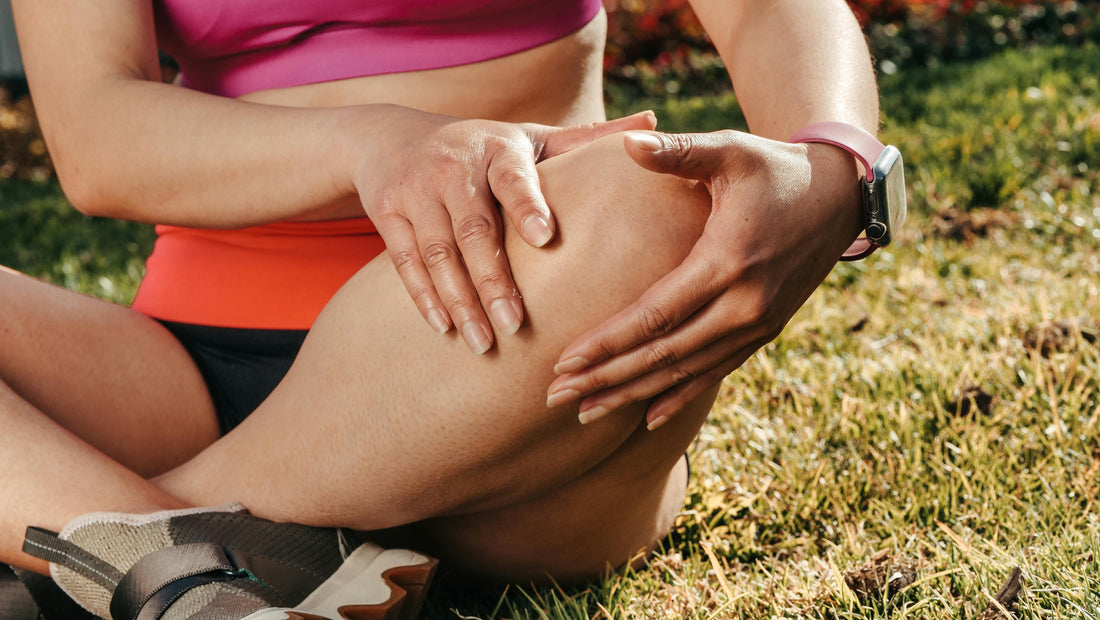
What Knee Pain Comes and Goes?
Share
Intermittent knee pain—pain that comes and goes—can be puzzling and frustrating. One moment you might feel perfectly fine, and the next, a sharp or dull ache disrupts your daily routine. Understanding the causes behind this sporadic discomfort is the first step to managing it effectively.
Activity levels play a significant role in intermittent knee pain. Overexerting yourself during physical activities or staying sedentary for long periods can lead to temporary discomfort. For example, running on uneven surfaces or climbing stairs might strain the knee, causing pain that subsides after proper rest. Conversely, prolonged sitting can create stiffness that mimics pain, especially if your knees are bent for extended periods.
Weather sensitivity can also trigger knee pain. Many people notice increased discomfort in cold or damp conditions, a phenomenon often associated with atmospheric pressure changes. This is particularly common in individuals with arthritis or other joint conditions, as their joints are more susceptible to environmental changes.
Another factor contributing to intermittent knee pain is overuse or microtrauma. Even routine movements like kneeling or squatting can lead to strain over time. Pain that flares up after such activities often points to overuse injuries, including conditions like patellar tendinitis or iliotibial band syndrome. While the pain may subside after rest, it can return if the underlying cause isn’t addressed.
In some cases, knee pain that comes and goes may indicate underlying inflammation or an early-stage condition like osteoarthritis. Inflammation can cause occasional stiffness and discomfort, especially during specific activities or after prolonged inactivity. Without timely management, these intermittent episodes of pain can eventually become chronic.
To manage intermittent knee pain effectively, it’s essential to understand your pain patterns. Observing when and where the pain occurs can help you identify potential triggers, such as specific movements or environmental factors. Adjusting your activities to minimize strain on the knee can make a significant difference in reducing discomfort.
Regular exercise focused on strengthening and stretching is equally important. Low-impact activities like swimming, cycling, or yoga can build muscle strength and improve joint stability without putting excessive pressure on your knees. Stretching the muscles around the knee helps to alleviate tension and reduce the strain contributing to pain.
Rest and recovery should never be overlooked. Taking breaks and allowing your knee to recover after periods of overuse can prevent further damage and give your joints the time they need to heal.
If your knee pain becomes more frequent or severe, or if you notice symptoms like swelling, redness, or difficulty walking, consulting a healthcare professional is crucial. Early diagnosis and treatment can prevent intermittent pain from developing into a chronic condition.
Knee pain that comes and goes is often manageable with a proactive approach. By understanding its causes, using tools like the Thera knee recovery system, and adopting healthy recovery habits, you can regain control over your knee health and maintain a more active, pain-free lifestyle.
